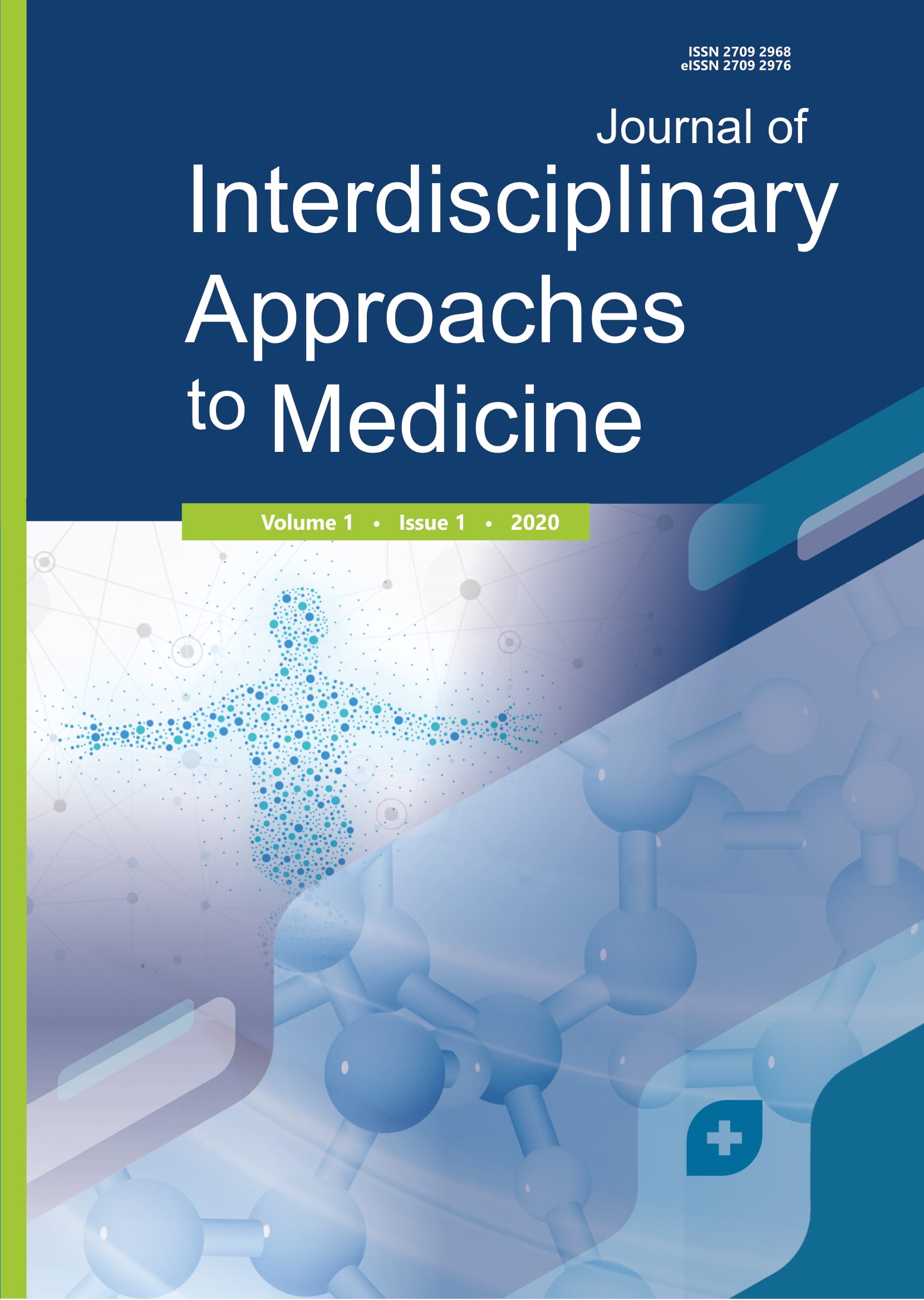DEVELOPING THE METHOD OF GENERATED OZONE AMOUNT REDUCTION IN DOMESTIC INDOOR AIR PURIFIERS
DOI:
https://doi.org/10.26577/IAM.2020.v1.i1.10Keywords:
Ozone, photocatalytic oxidation, UV-lightAbstract
Air quality hugely affects human wellbeing, the fundamental wellsprings of contamination of which are strong suspended particles (of different sizes) and vaporous toxins (VOCs, NOx, SOx, scents). Many respiratory diseases are related to pollution of air, the heavy utilization of synthetic chemicals, the un- controlled utilization of medications, different viral diseases, the development of new allergens and vari- ous different components. The use of indoor cleaning products and air fresheners can cause exposure to secondary air pollutants through inhalation of cleaning staff and building occupants. Because of Almaty air quality citizens often use devices for indoor air purification. Some of such devices remove VOCs with aid of catalytic organics decomposition under UV. Despite efficient organics decomposition, as side effect UV causes ozone formation which is harmful if exceeds certain concentration (ambient air stan- dard).Ozone is usually present indoors due to external air intrusion. Thus, reduction of generated ozone concentration is an urgent task.



